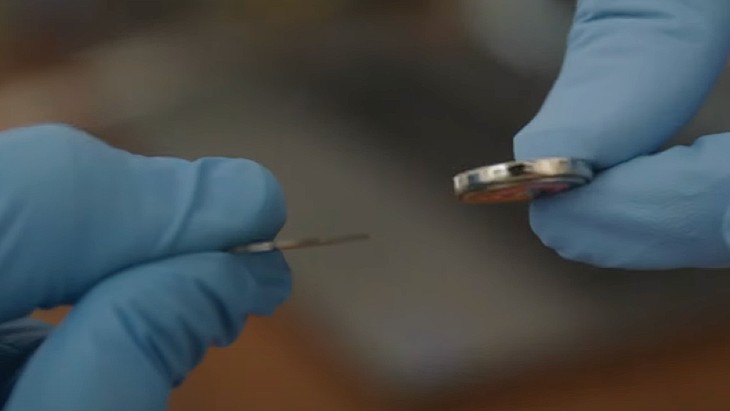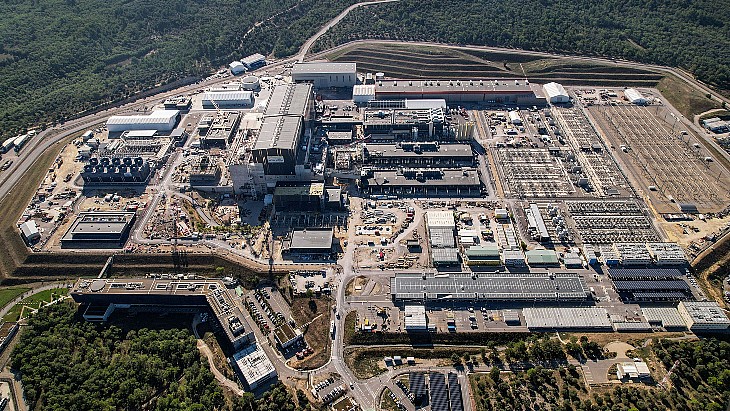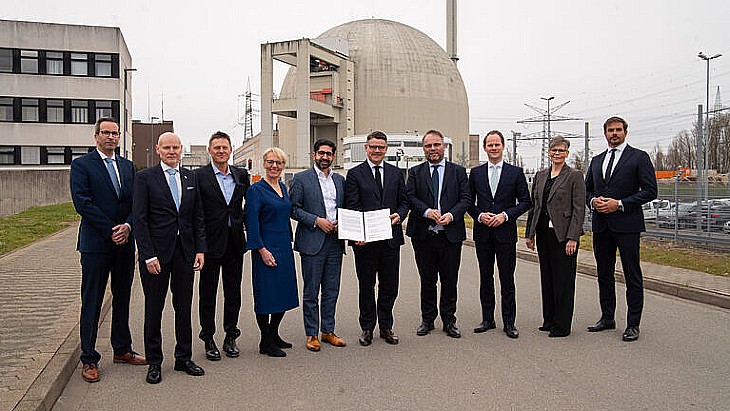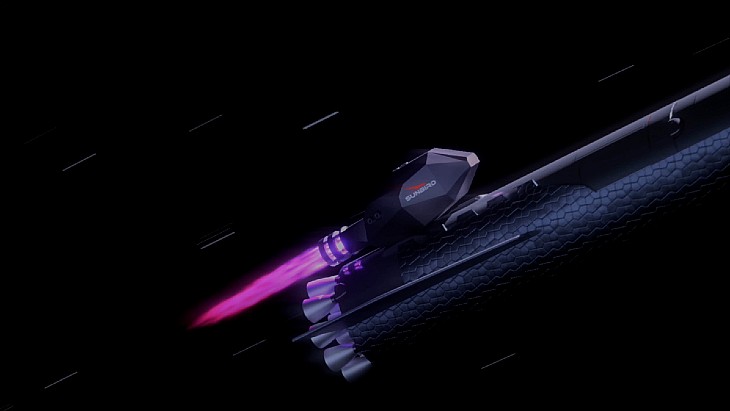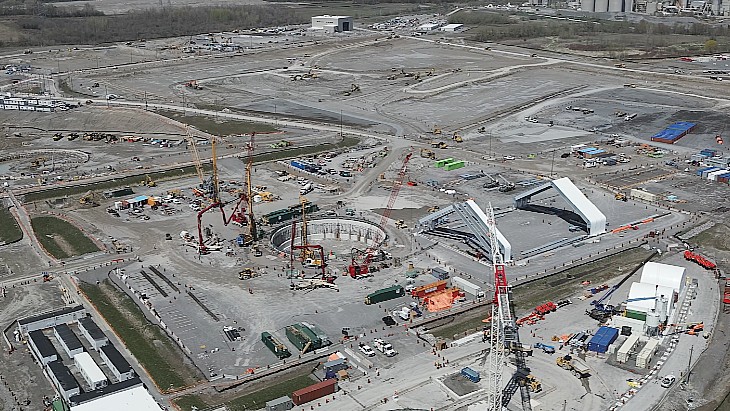UK-US partnership for nuclear fusion rockets
.jpg)
The collaboration will see the two companies using AI machine learning to study data from the world record holding Princeton field-reverse configuration (PFRC-2) reactor in order to better understand the behaviour of plasma under electromagnetic heating and confinement, when configured as an aneutronic propulsion system.
In a world first, the two companies will use data from plasma shots conducted at the PFRC-2, which was developed in partnership with Princeton Plasma Physics Laboratory, and the most advanced machine learning technologies to analyse the behaviour of super-hot fusion plasma in a rocket engine configuration.
The research aims to uncover how a nuclear fusion plasma will behave as it exits a rocket engine emitting exhaust particles at hundreds of kilometres per second.
Oxfordshire-based Pulsar Fusion is developing simulations based on gas puffing data from the PFRC-2 to attempt to create predictive simulations of ion and electron behaviour in an FRC plasma. Such simulations are needed for closed-loop control systems, a key component of a future PFRC reactor.
The partners aim to create a deep space rocket engine with a 500,000-mph potential. This would cut the journey time to Mars to just 30 days and make Saturn's moon Titan reachable within two years.
"This is a hugely significant step for Pulsar," said the company's founder and CEO Richard Dinan. "By pooling our own research and resources with those of Princeton Satellite Systems, Pulsar has gained access to behavioural data from the world record holding fusion reactor (PRFC-2) coupled with recent advancements in machine learning. This will supercharge the development of our nuclear fusion rocket systems".
He added: "Fusion propulsion is free from many of the vast infrastructure requirements presented in the development of terrestrial fusion energy for power stations on Earth. Space is the ideal place to do fusion in terms of it being a vacuum and the extremely cold temperatures. Unlike a fusion power station, fusion propulsion doesn't require a giant steam turbine and fuels can be sourced externally rather than needing to be created on site.
"Humanity has a huge need for faster propulsion in our growing space economy and fusion offers 1000 times the power of conventional ion thrusters currently used in orbit. In short, if humans can achieve fusion for energy, then fusion propulsion in space is inevitable.
"Our view is that fusion propulsion will be demonstrated in space decades before we can harness fusion for energy on Earth."
